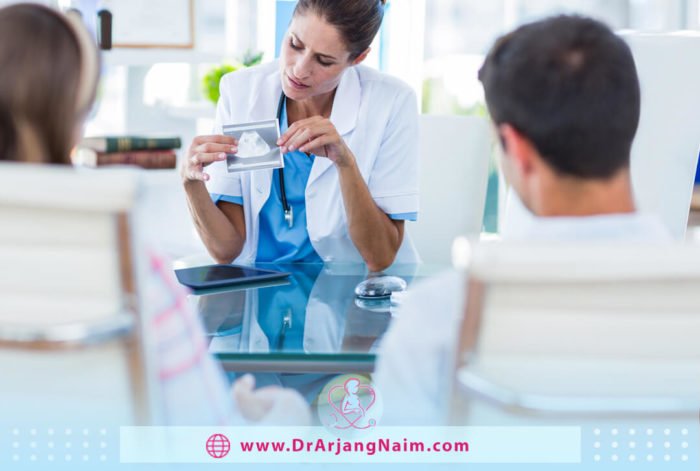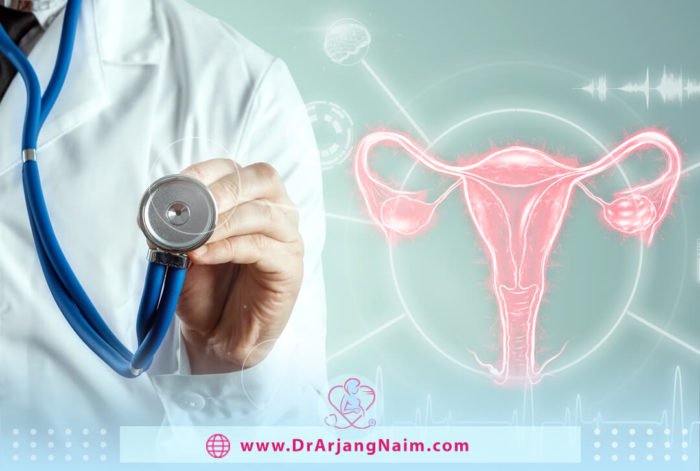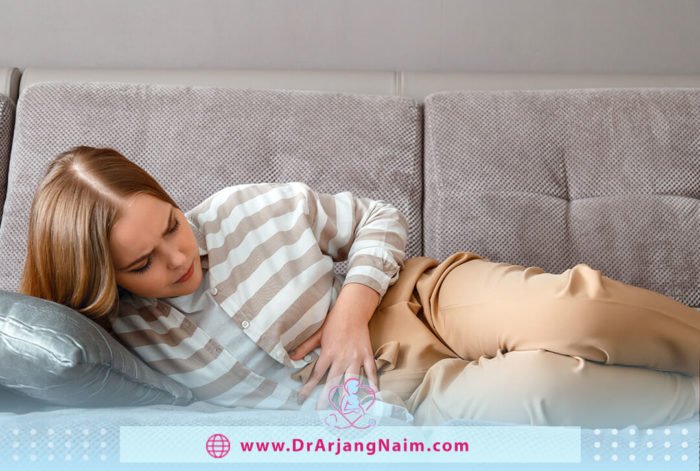Ovarian cysts
What are the Ovarian cysts?

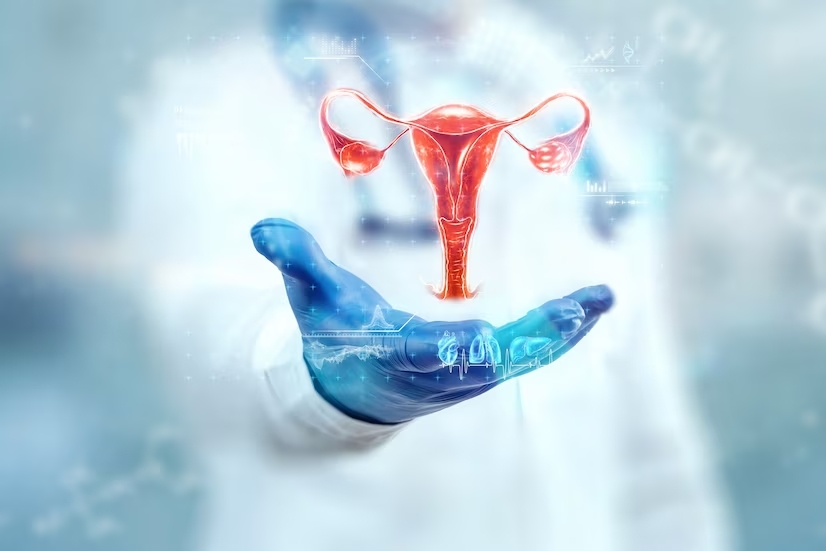
Ovarian Cysts services
Dr. Naim is skilled in diagnosing and treating ovarian cysts. He helps women in Los Angeles to relieve their ovarian cyst symptoms and enjoy optimal health.
What are ovarian cysts?
The ovaries are two small, bean-shaped organs that are part of the reproductive system. Ovarian cysts may affect two ovaries simultaneously, or they may affect only one ovary. Ovarian cysts are diseases that originate from the formation of one or more abnormal cysts in the ovaries. Most women experience ovarian cysts at least once in their lifetime, most of which are asymptomatic cysts. Ovarian cyst pain occurs in some women.
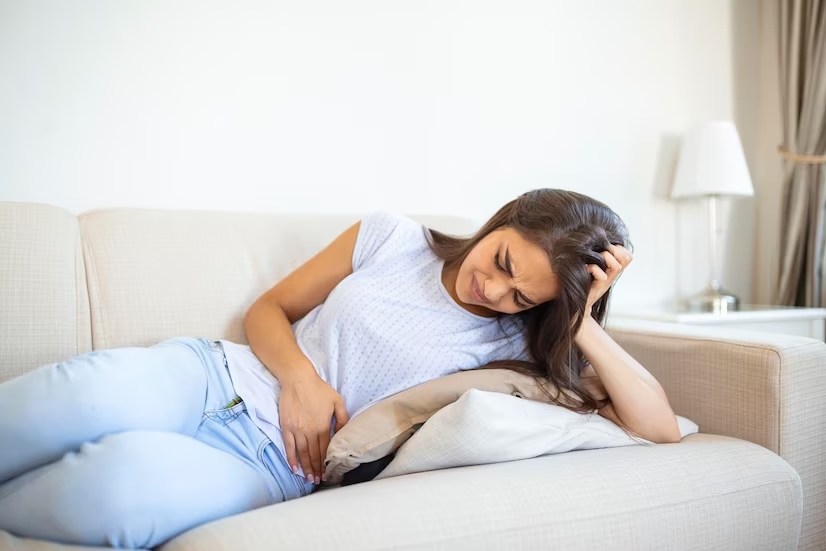
What symptoms are associated with ovarian cysts?
Ovarian cysts are often asymptomatic but sometimes show symptoms that need treatment. These symptoms include:
⦁ Pelvic pain or aching
⦁ Pain during intercourse
⦁ Feelings of fullness in your belly
⦁ Breast tenderness
⦁ Nausea and vomiting
⦁ Increased urge to urinate
⦁ Painful bowel movements
Types of ovarian cysts
Most ovarian cysts are functional cysts. They are formed in response to body changes during the menstrual cycle. Rarely ovarian cysts develop for reasons unrelated to menstruation.
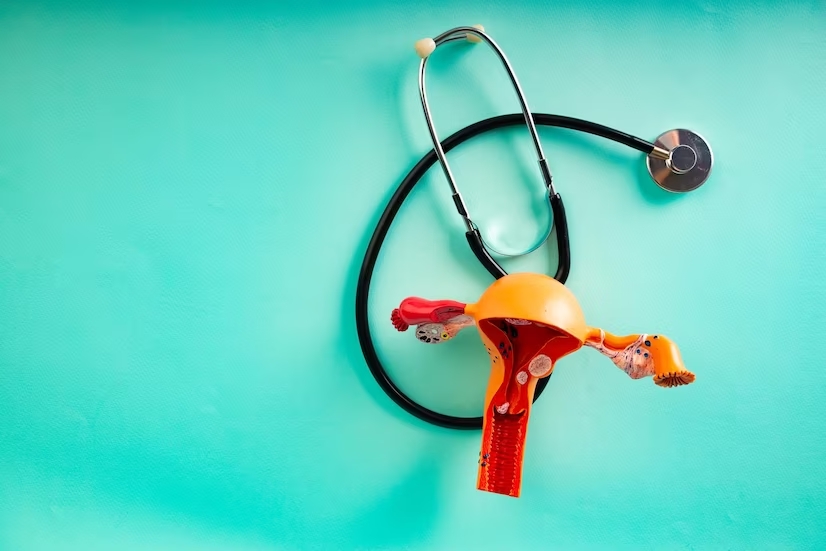
Functional cysts
Functional cysts are the most common type of ovarian cyst. They occur as a result of ovulation. Functional cysts usually shrink over time, usually within 60 days, without specific treatment.
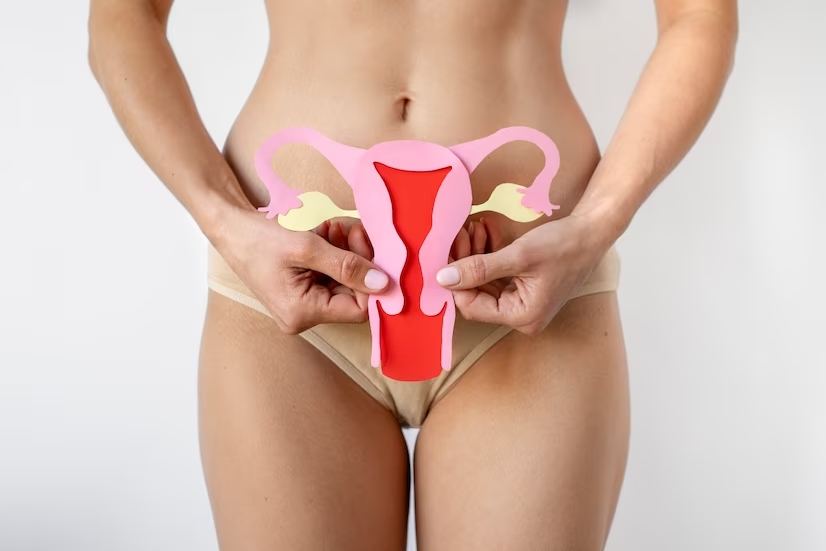
Follicular cysts
A small sac in the ovary, called a follicle, releases an egg each month as part of the menstrual cycle. A follicular cyst is formed when the follicle does not release an egg. Instead, the follicle fills with fluid and becomes larger.
Corpus luteum cysts
After the follicle releases the egg, it forms a group of hormone-producing cells called the corpus luteum. A cyst is formed when fluid collects in the corpus luteum and causes it to grow. Sometimes, functional cysts are called simple cysts.
Other cysts
Not all ovarian cysts develop in response to the menstrual cycle. They are not always a sign of disease; the gynecologist may want to monitor them to make sure they are not causing complications. They are:
⦁ Cystadenomas: These cysts are formed on the surface of the ovary. They are filled with thin and watery liquid or thicker and more mucous.
⦁ Dermoid cysts (teratomas): Dermoid cysts are made up of cells that make up all kinds of tissues in the human body, such as skin, hair, teeth, and even brain tissue.
⦁ Endometriomas: These cysts are filled with endometrial tissue, the same tissue that you bleed each month during your period.
⦁ Ovarian cancer: Ovarian cancer cysts are solid masses of cancer cells.

About Dr.Naim
Arjang Naim is an established and highly skilled physician with over 20 years of experience in obstetrics and gynecology.
He is the best ob-gyn in Los Angeles and surrounding communities. He has been practicing medicine since 2001 from two locations in Los Angeles, an office near Beverly Hills and Beverly center, and the other in Hollywood across from children’schildren’s hospitals and Hollywood Presbyterian Medical Center.
After obtaining his Bachelor’sBachelor’s degree from UCLA, he spent four years in New York City to study medicine at the prestigious Mount Sinai School of Medicine. His residency in OB/GYN was at Maimonides Medical Center, which happens to be one of the busiest hospitals in New York.
Dr. Naim'sNaim's services in ovarian cysts
Dr. Naim will do an ultrasound to make sure the symptoms you are experiencing indicate a cyst. After the ultrasound, he will be able to tell you if you need treatment، and what treatment is right for you. Some cysts can be treated with birth control pills, while others require surgery. In some surgeries, only the cyst be removed, while in some cases, it is necessary to remove the ovary with the cyst.
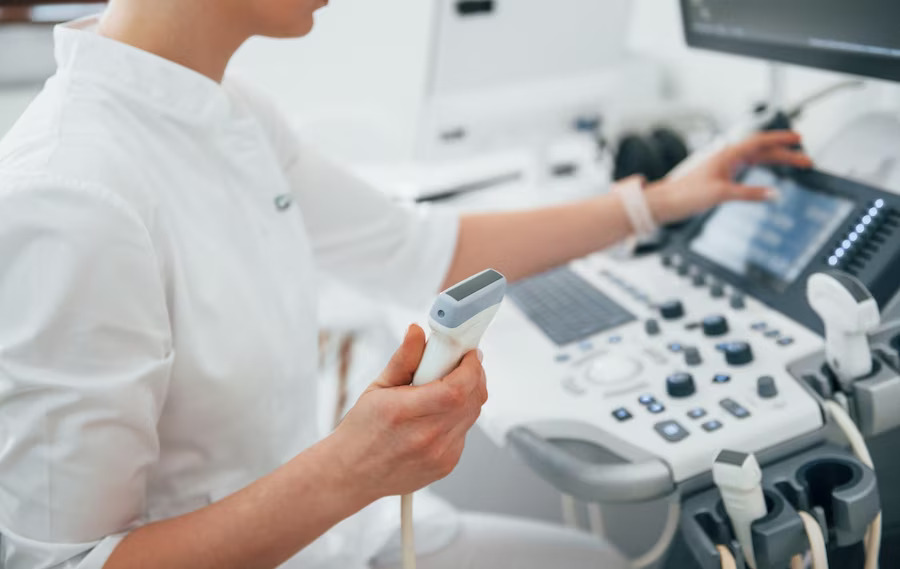
Who is affected by ovarian cysts?
Anyone with ovaries can develop ovarian cysts. The probability of infection increases based on the following:
⦁ Age: Ovarian cysts are more common if you have not gone through menopause.
⦁ Pregnancy status: It is more likely to form and remain a cyst during pregnancy.
⦁ History of ovarian cysts: If you’ve had an ovarian cyst before, you’re more likely to get it again.
⦁Current medical conditions: If you have endometriosis, hormonal problems, or if you are taking medications to help with ovulation, you are more likely to develop a cyst.
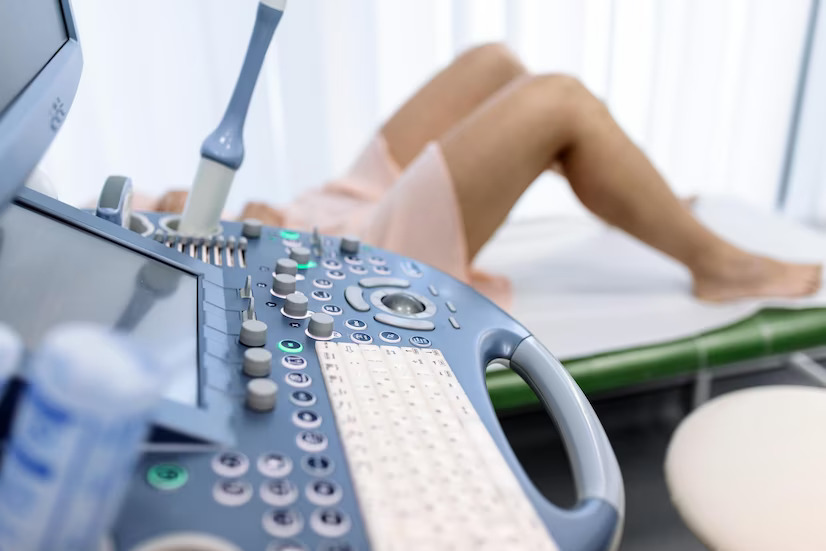
Diagnosing
A doctor can diagnose an ovarian cyst during a routine pelvic exam. They may notice swelling in one of the ovaries and order an ultrasound to confirm the presence of a cyst. An ultrasound test is an imaging test that uses high-frequency sound waves to produce an image of your internal organs. Ultrasound tests help determine the size, location, shape, and composition (solid or fluid-filled) of the cyst.
Because most cysts disappear after a few weeks or months, your doctor may not recommend a treatment plan right away. Instead, they may repeat the ultrasound test in a few weeks or months to check the condition.
If there is no change in the condition or the size of the cyst increases, the doctor requests additional tests to determine other causes. Tests include:
⦁ A pregnancy test to make sure you are not pregnant
⦁ Hormone-level testing to check for hormone-related issues
⦁ CA-125 blood test for ovarian cancer screening
Treatment
If the cyst doesn’t go away or gets bigger, your doctor may recommend treatment to shrink or remove the cyst.

Birth control pills
The doctor prescribes oral contraceptives to stop ovulation and prevent new cysts from forming. Oral contraceptives can also reduce the risk of ovarian cancer.
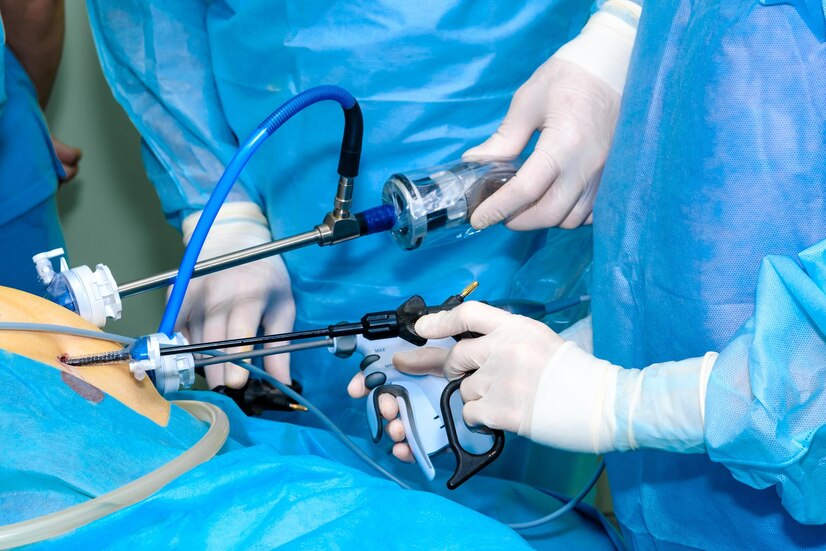
Laparoscopy
If the cyst is small and the test results are negative for cancer, the doctor will perform laparoscopic surgery to remove the cyst. In this procedure, the doctor makes a small incision near the navel and then places a small tool in the abdomen to remove the cyst.
Laparotomy
If you have a large cyst, your doctor can surgically remove the cyst through a large incision in your abdomen. They will do an immediate biopsy, and if they find that the cyst is cancerous, they may perform a hysterectomy to remove the ovaries and uterus.
Did you know?
Cysts commonly form during ovulation.
In most cases, unreleased eggs cause the follicle to swell and become a cyst, or you may develop a corpus luteum cyst, a cavity that forms after the follicle ruptures and the egg is released.
Sometimes, these cysts bleed, and sometimes they cause pelvic pain and spotting between periods. However, these symptoms usually occur during the normal ovulation process as well. In fact, many people who develop cysts may not even know they have them.
Cysts usually disappear within a few weeks and are relatively small. To be considered a cyst, the growth must be at least three centimeters. In contrast, a few millimeters to a centimeter is the size of a normal ovarian follicle. Although rare, you may have a cyst as large as 15 to 30 cm.
Customer reviews
Frequently Asked Questions
Ovarian cysts and tumors can develop at any age but are more common between puberty and menopause.
Most cysts are benign, but some can become cancerous. Depending on the location and type of cyst, some of them can be precancerous.
Pain from ovarian cysts worsens during menstruation. Hormones produced during menstruation can cause ovarian cysts to form, enlarge, and cause pain.
Pain from ovarian cysts worsens during menstruation. Hormones produced during menstruation can cause ovarian cysts to form, enlarge, and cause pain.
⦁ Take an over-the-counter (OTC) pain reliever
⦁ Use heat therapy to ease cramps
⦁ Snack on almonds, which are high in magnesium
⦁ Drink chamomile tea to help you relax and ease anxiety
⦁ Weight loss
⦁ Relaxation


